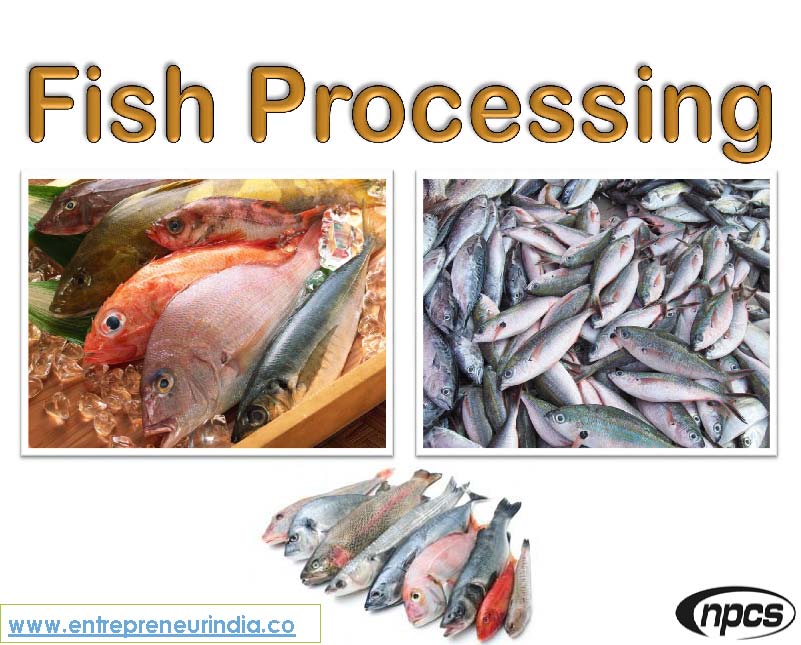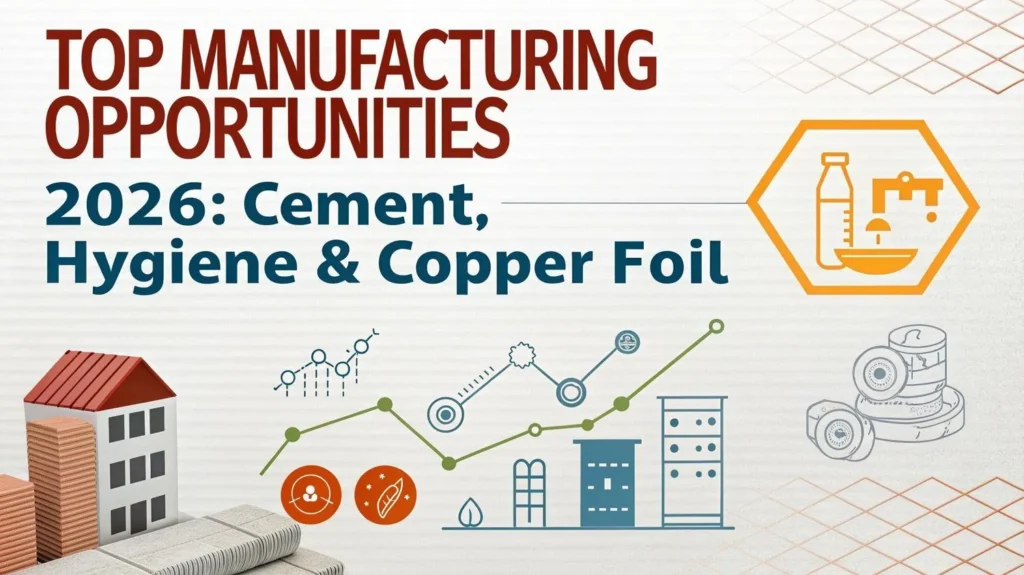
Fish processing is one of the most profitable agribusiness sectors in India, especially in coastal and riverine states. With the rising demand for packaged and frozen seafood in domestic and international markets, starting a fish processing business can be highly rewarding. This guide will walk you through the essentials of launching a successful fish processing unit in India — from licenses and equipment to marketing and profitability.
Why Start a Fish Processing Business?
- High Demand: India is the third-largest fish producer globally. Domestic and export demand is increasing steadily.
- Government Support: Various schemes under the Ministry of Fisheries and Pradhan Mantri Matsya Sampada Yojana (PMMSY).
- Export Potential: Frozen fish, fillets, and value-added seafood products are in high demand overseas.
- Employment Generation: Offers job opportunities in coastal and inland rural areas.
Types of Fish Processing
- Freezing and Cold Storage
- Filleting and Deboning
- Salting and Drying
- Canning and Packaging
- Fish Pickles, Fish Sausages, and Value-Added Items
See Also – Most Profitable Manufacturing Businesses in India
Step-by-Step Guide to Start a Fish Processing Business
1. Conduct Market Research
Understand which species have demand in your region — Rohu, Catla, Prawns, Hilsa, Sardines, Mackerel, etc. Identify target customers: wholesalers, exporters, hotels, and online platforms.
2. Business Plan and Legal Setup
Create a business plan detailing:
- Capacity of the unit
- Processing methods
- Required licenses
- Capital and operational costs
Legal Registrations Include:
- Company or Firm Registration
- FSSAI License (Food Safety and Standards Authority of India)
- GST Registration
- Import Export Code (for exporters)
- Local Pollution Control NOC
3. Location and Infrastructure
Select a location close to fishing harbors or fish farms. You’ll need:
- Cold storage units
- Processing tables
- Washing, grading, and skinning areas
- Waste disposal systems
- Adequate drainage and hygiene systems
Area Required: 2000–5000 sq. ft. depending on capacity
4. Equipment Required
- Cutting tables and filleting knives
- Cold rooms and deep freezers
- Vacuum packing machines
- Fish washing and grading machines
- Ice-making machines
- Power backup (generators)
5. Raw Material Procurement
Source fish directly from fishermen, fish farms, or fish markets. Ensure freshness and quality, and use insulated boxes for transportation.
6. Processing and Packaging
Basic processing steps include:
- Sorting and cleaning
- Scaling and filleting
- Blanching or freezing
- Vacuum packing or canning
- Labeling and storage
Packaging must comply with hygiene and export norms, using food-grade material.
7. Skilled Manpower
Hire trained staff for cleaning, filleting, quality control, and cold chain management. Initial team: 6–10 workers depending on plant size.
8. Marketing and Sales Channels
- Wholesale and retail seafood markets
- Hotels and restaurants
- Exporters and seafood exporters’ associations
- Online seafood delivery platforms
- Government contracts (ICDS, Mid-Day Meal Schemes)
9. Financial Assistance and Subsidies
- PMMSY subsidy of up to 40% for cold chain and processing
- NABARD loans under food/agri-processing schemes
- Fisheries department schemes for cold storage
10. Profitability and ROI
- Initial Investment: ?10–25 lakhs (small to medium-scale unit)
- Profit Margin: 20%–30%
- Break-even: Within 1–2 years depending on capacity and sales
High-value fish products and exports offer better margins. Efficient cold chain and branding are key to profitability.
See Also – Business Investment Opportunities in India
Conclusion
Fish processing is an evergreen business opportunity in India, especially in coastal and aquaculture-rich states. With increasing health consciousness and demand for hygienic, ready-to-cook seafood, this sector is poised for growth. If you’re looking to invest in a scalable, high-demand agribusiness, fish processing offers both local and global market opportunities. Focus on quality, hygiene, and cold chain management to succeed in this competitive yet rewarding industry.





